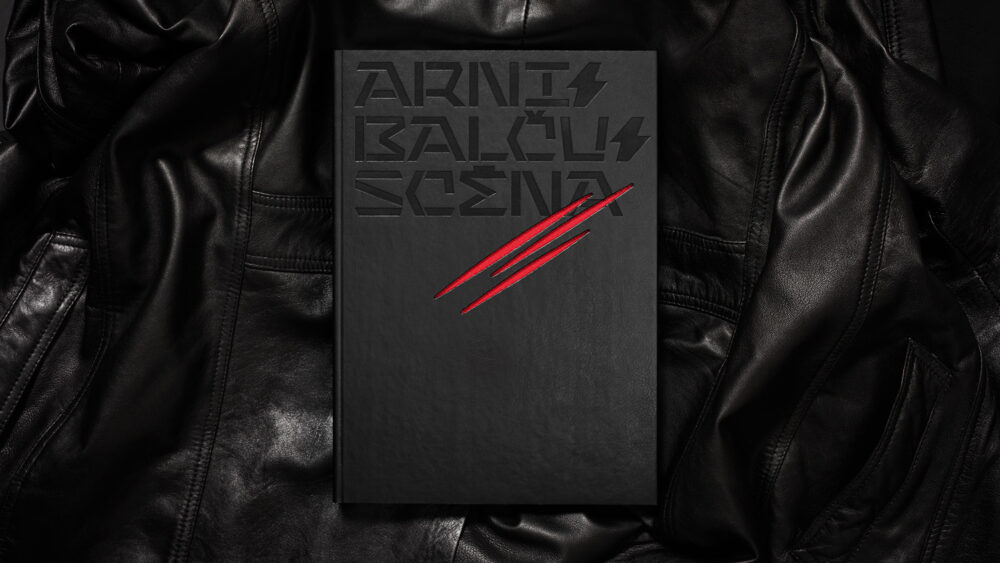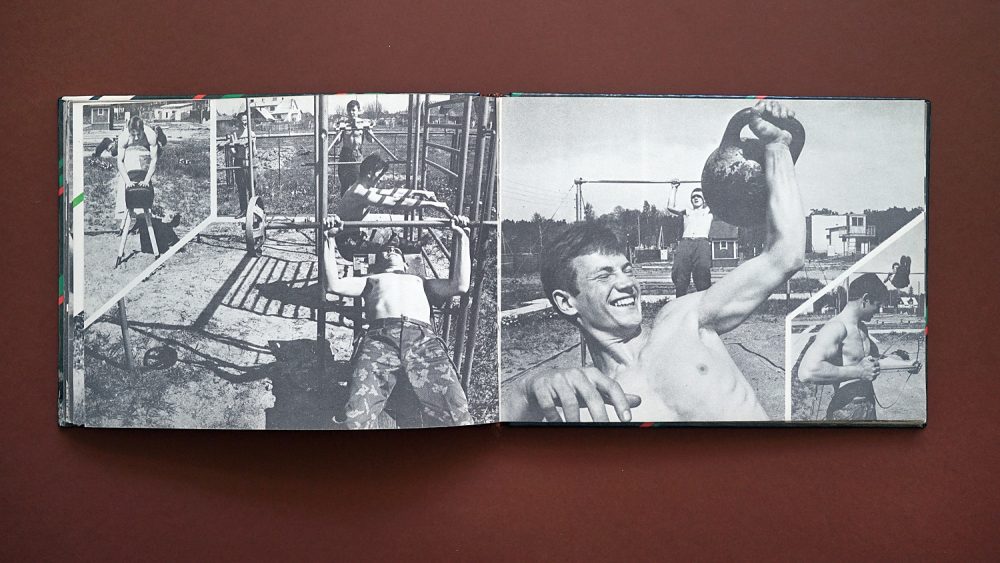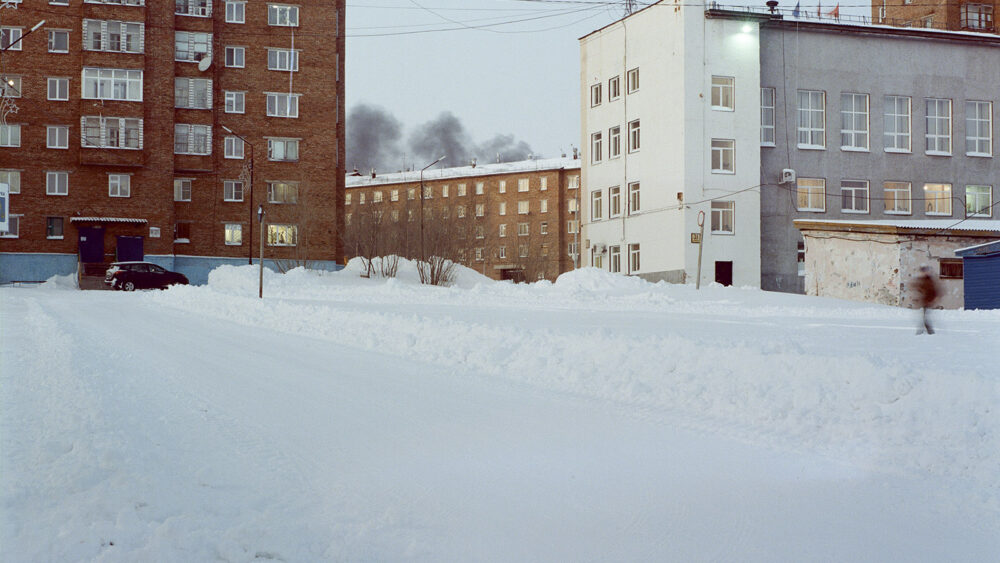Latvian photobook: Salaspils
Throughout the Soviet period the most interesting photography books can be found under the category of architecture – there are numerous examples of abundantly illustrated publications dedicated to various significant monuments and memorial sites.
The 1970 book Salaspils from publishing house Liesma (second edition in 1974) examines the newly constructed Salaspils memorial ensemble, which was opened in 1967 at the site of the former Salaspils concentration camp. In the Soviet period it was known as a memorial site for the victims of the Nazi regime, but today the meaning has been extended to encompass all “suffering to humankind caused by totalitarian powers”. It is one of the largest memorial complexes of this kind in Europe, created by architects Gunārs Asaris, Oļģerts Ostenbergs, Ivars Strautmanis and Oļegs Zakamennijs, and sculptors Ļevs Bukovskis, Oļegs Skarainis and Jānis Zariņš. For their accomplishment they received the Lenin prize – the most prestigious award in the USSR.
The author of the 84-page book is co-creator of the Salaspils memorial ensemble Ivars Strautmanis (1932–2017). The photographs are also his work, together with photographer Genādijs Varlamovs (1937-2000). The monumental and tragic character of the site is successfully revealed through the saturated tones of the images printed in intaglio, the choice of motives (richness of details, texture, contrasts) and the sequence of images. Factors such as the selection of images, composition and design allow the book to be perceived as an artistic endeavour instead of a merely informative illustrated publication. Even the function of the texts is not to explain historical facts, but to create a tragically emotional atmosphere (the poetry by Mirdza Ķempe, Gunārs Selga, Kārlis Sausnītis and Ziedonis Purvs printed on a blood red background, the statement of the former prisoner of the concentration camp, a commentary provided by Strautmanis himself on the construction works of the memorial site). The artistic design of the book was done by graphic artist and painter Gunārs Kļava (1933-1989), who was also behind the design of photojournalist Žanis Legzdiņš’ voluminous album Pie mums (In Our Country, 1963). This book would later serve as a source of inspiration for photographer Laimonis Stīpnieks when creating images for the book Laikmeta ritmi (The Rhythm of Our Time, 1981).



